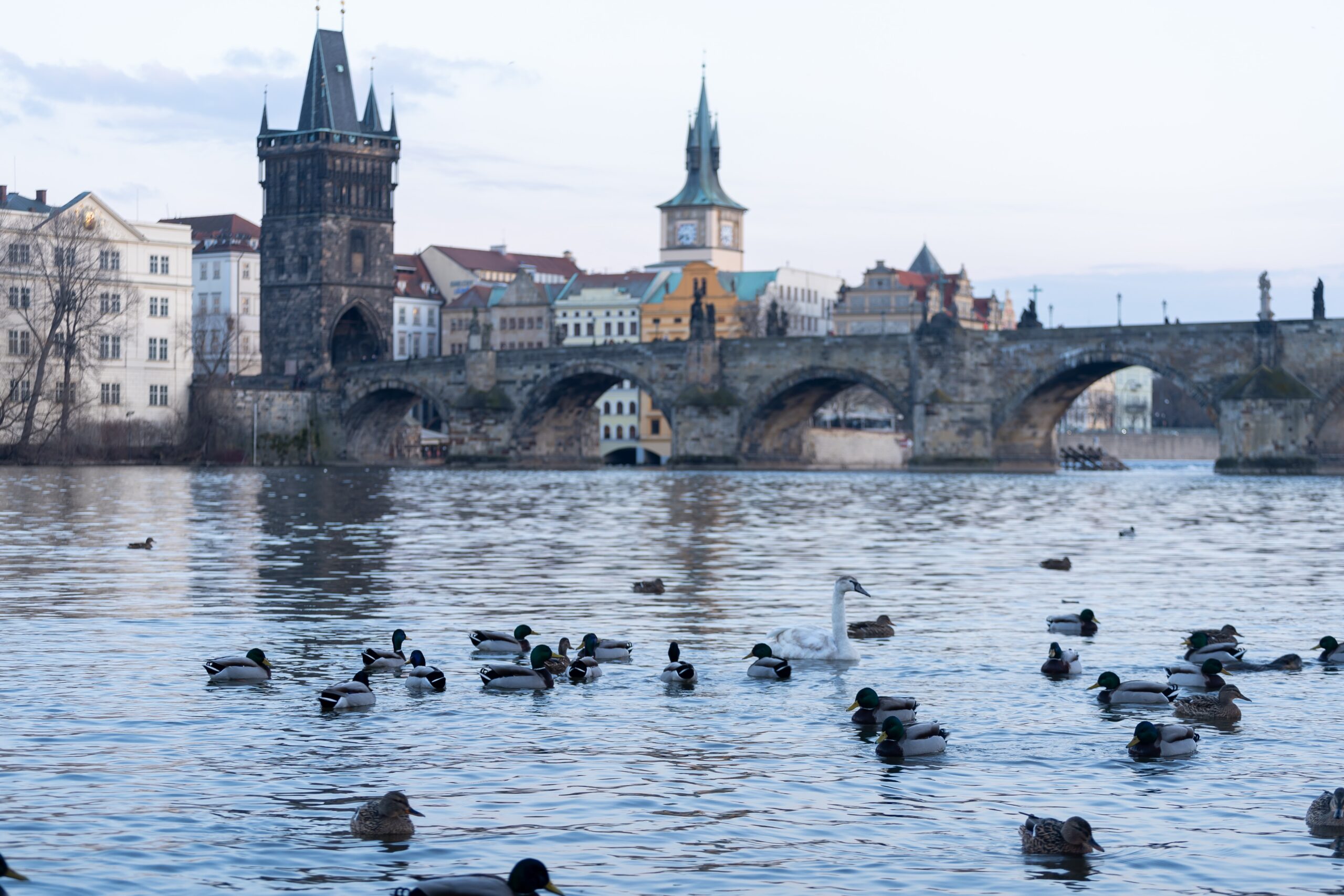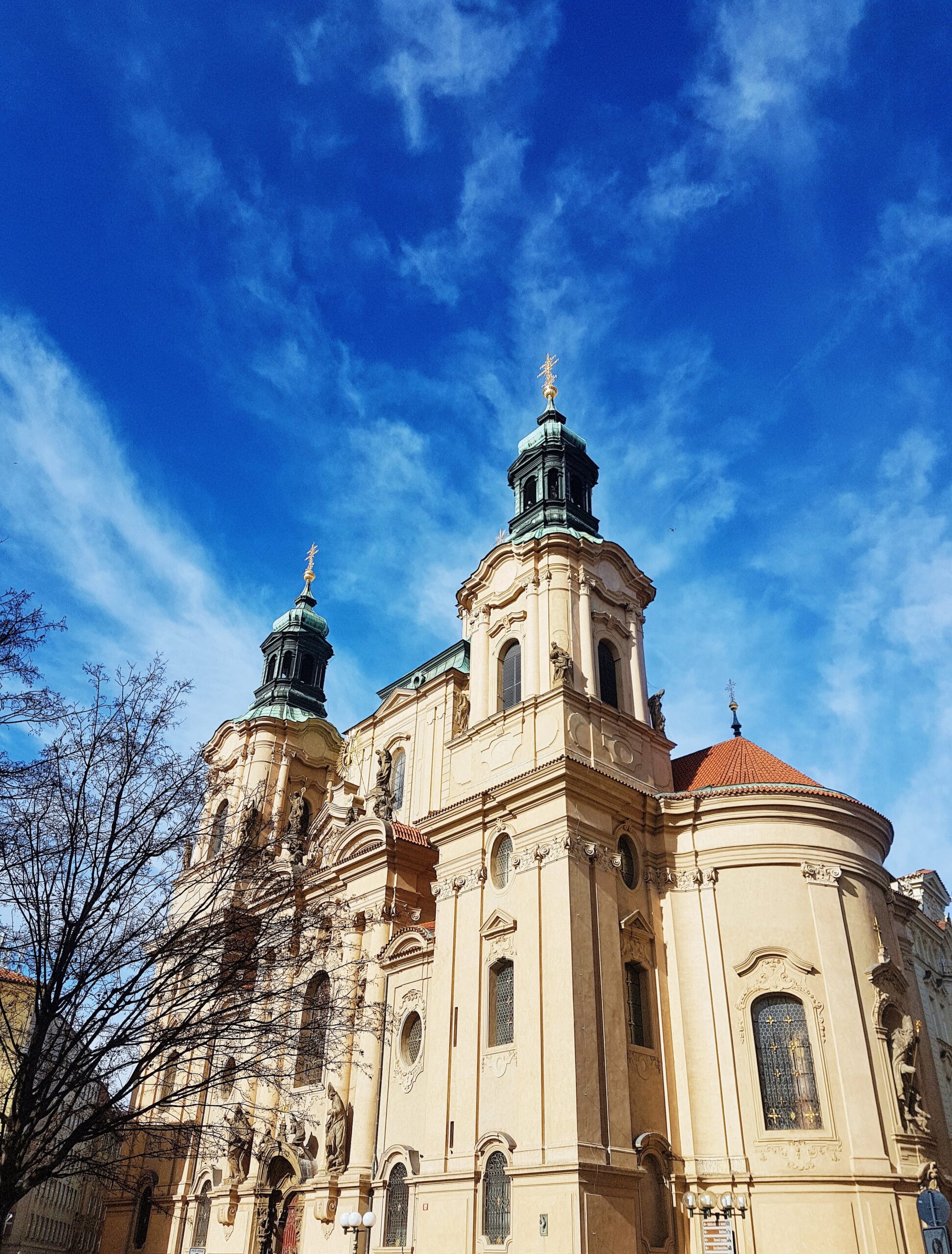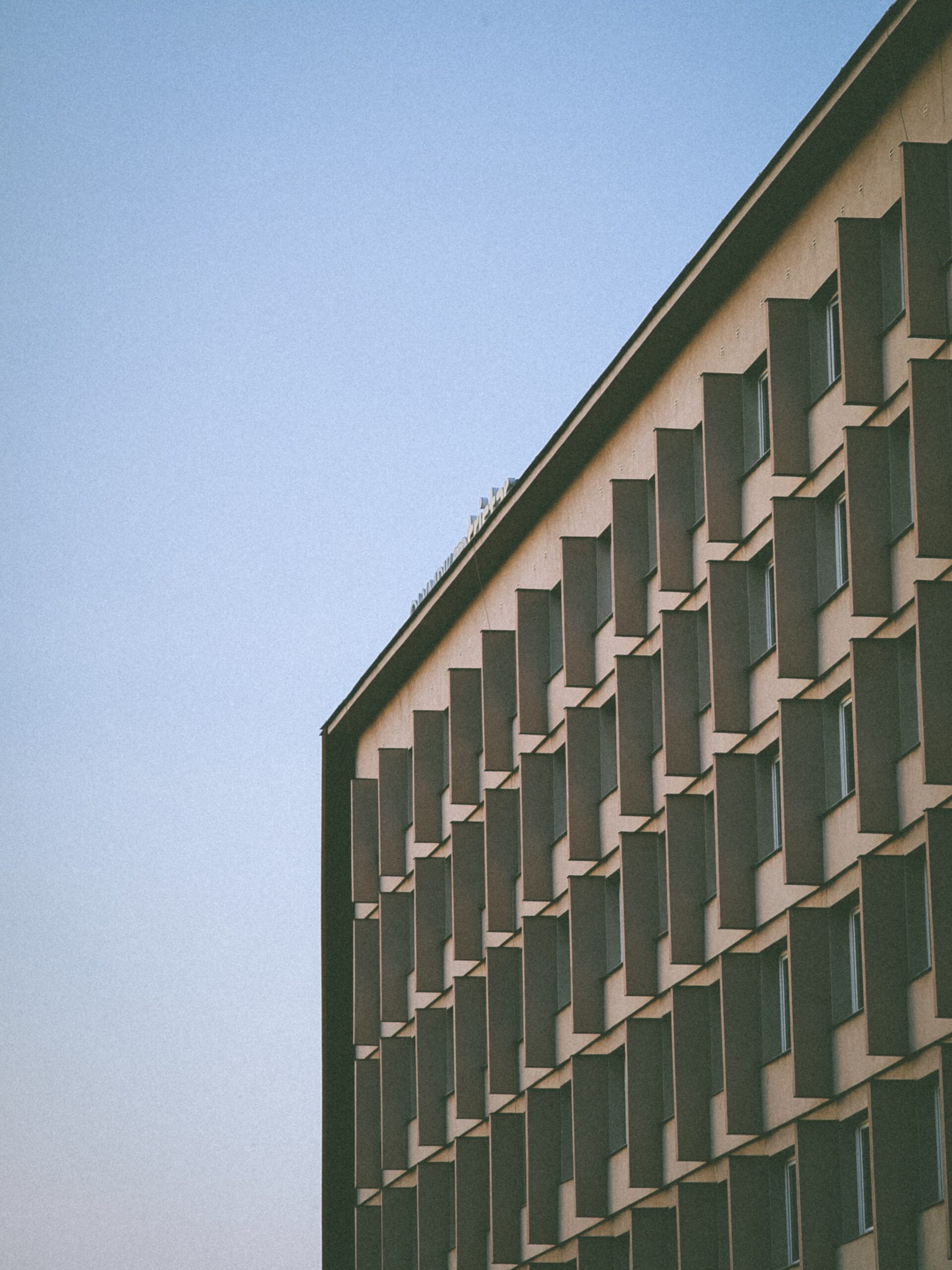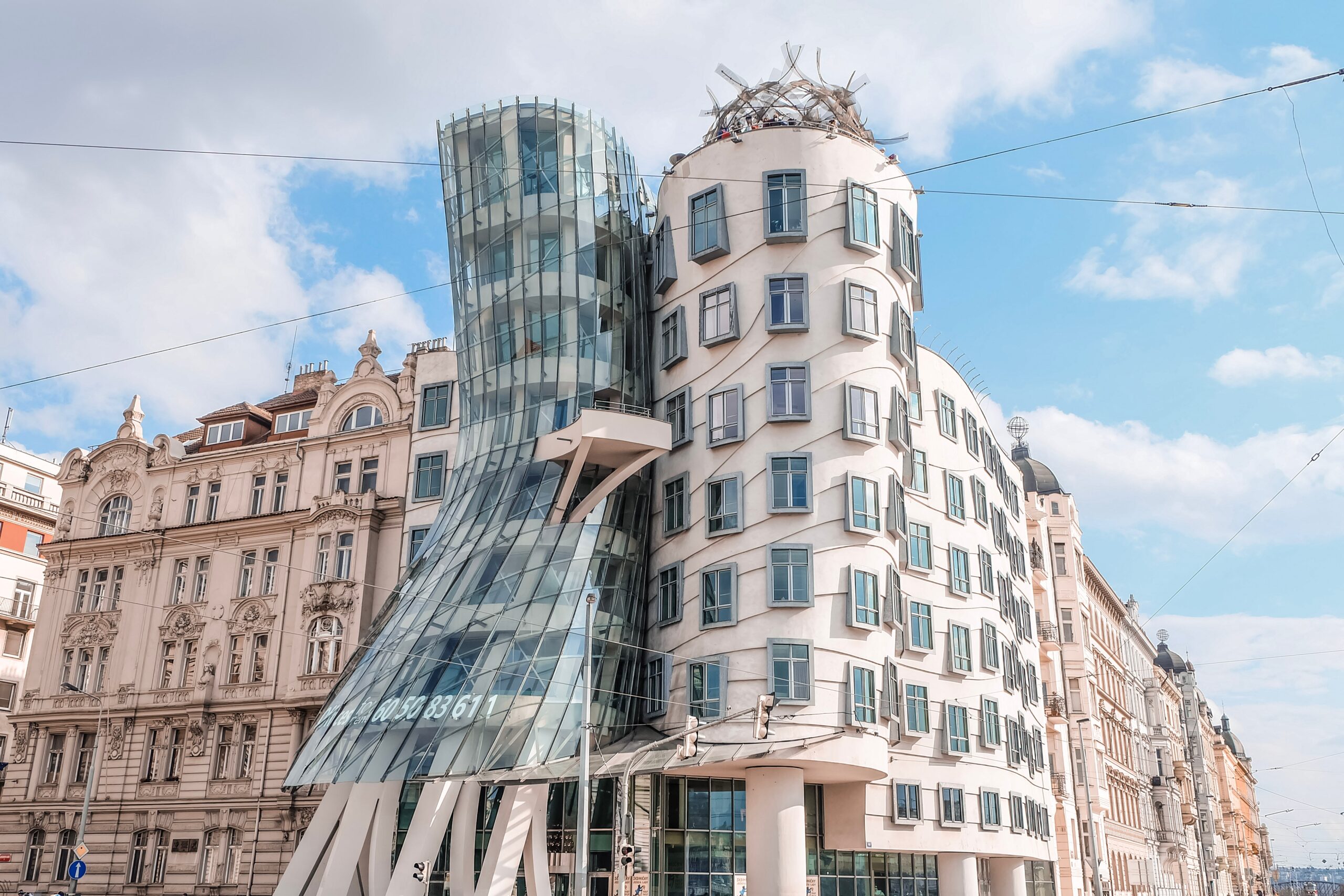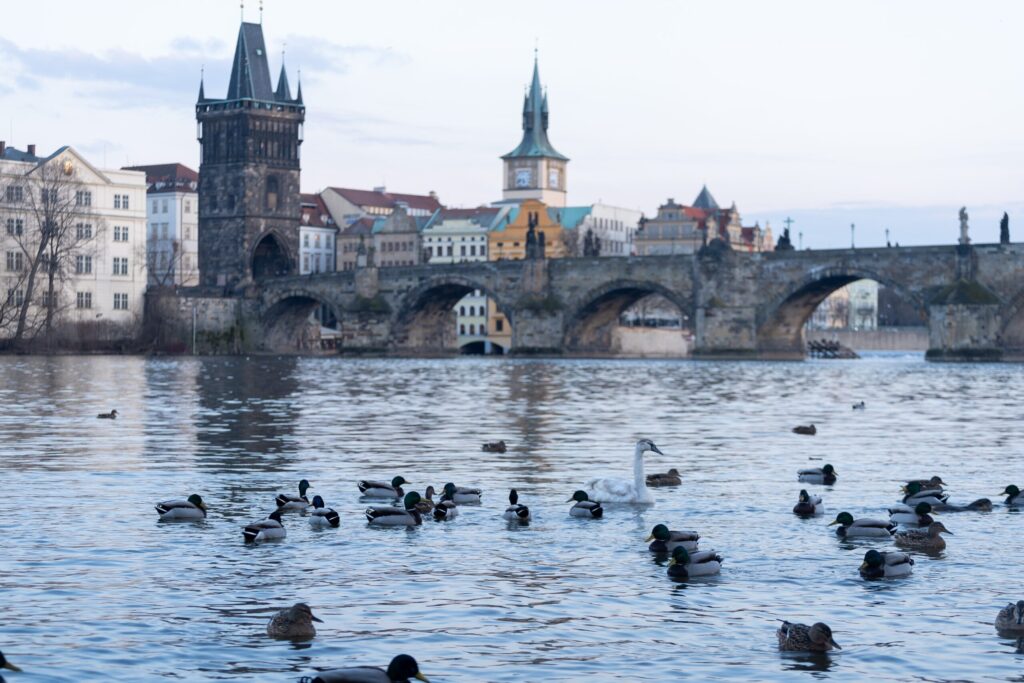
Prague Over the Centuries: A Fascinating Journey Through Its Historical and Cultural Evolution
Prague, the beautiful capital of the Czech Republic, is a city that tells a long and complex story spanning over a thousand years. Over the centuries, Prague has witnessed a succession of historical events, political changes, and cultural developments, leading to significant transformations in its architecture, identity, and atmosphere. In this article, we will explore in detail the evolution of Prague over the years, highlighting the different eras that have contributed to shaping it into what it is today.
Medieval Old Prague (9th-15th century)
Prague traces its roots back to the 9th century when it was founded as a significant trade and cultural center. During this era, the city began to grow around the majestic Prague Castle, becoming one of the key cultural hubs in Central Europe. Gothic architecture dominated the urban landscape, with the St. Vitus Cathedral standing as a charming testament to this period. Over the centuries, city walls were expanded, and the city grew in importance, becoming a hub for artistic and commercial activities.
The Baroque Era and the Rise of the Austro-Hungarian Empire (17th-18th century)
In the 17th century, Prague became part of the Austro-Hungarian Empire, ushering in an era of great artistic splendor. Baroque architecture began to flourish during this phase, helping define the city’s appearance. During this period, magnificent buildings were erected, including the splendid St. Nicholas Church and the sumptuous Wallenstein Palace. This era was characterized by fervent artistic and cultural development, with Prague becoming a meeting point for intellectuals and artists from around the world.
The Communist Era and Urban Changes (20th century)
The 20th century brought Prague through tumultuous political changes. From the Nazi occupation during World War II to the rise of communism, the city experienced a series of events that left an indelible mark on its history. During the communist period, many historical buildings were neglected, and the city underwent significant transformations in urban planning. This period impacted the daily lives of Prague’s residents and fueled their determination to preserve their cultural identity.
The Velvet Revolution and Opening to the West (1989)
The end of communism in 1989, known as the Velvet Revolution, brought profound changes to city life. This historical moment marked the transition to a democratic system and the opening of the Czech economy to the West. The city experienced a renewed interest in preserving its historical heritage and the restoration of neglected buildings and monuments. The citizens of Prague regained a sense of pride in their city and its millennial history.
Today’s Prague: A Blend of Old and Modern
Today, Prague is a city that skillfully balances its rich past with a vibrant modernity. Historical architecture has been carefully restored, and the city has become one of Europe’s most popular tourist destinations. Charles Bridge, Old Town Square, and Prague Castle continue to enchant visitors with their timeless beauty and charm. At the same time, Prague has not remained anchored in the past. The city has transformed into a modern metropolis with a vibrant artistic and cultural scene. Local young talents have made forays into cinema, music, and visual arts, bringing new creative energy to the city.
In Conclusion
Prague is a city that has gone through many phases over its more than a thousand years of history. Each period has left its mark, contributing to the unique and captivating identity of this city. Today, Prague is a city that honors its past, embraces the present, and looks to the future with optimism. Visiting Prague means journeying through the ages and cultures, discovering how this extraordinary city has changed and grown over the centuries, becoming a place where past and present merge fascinatingly, and beauty and history combine into an unforgettable experience.



